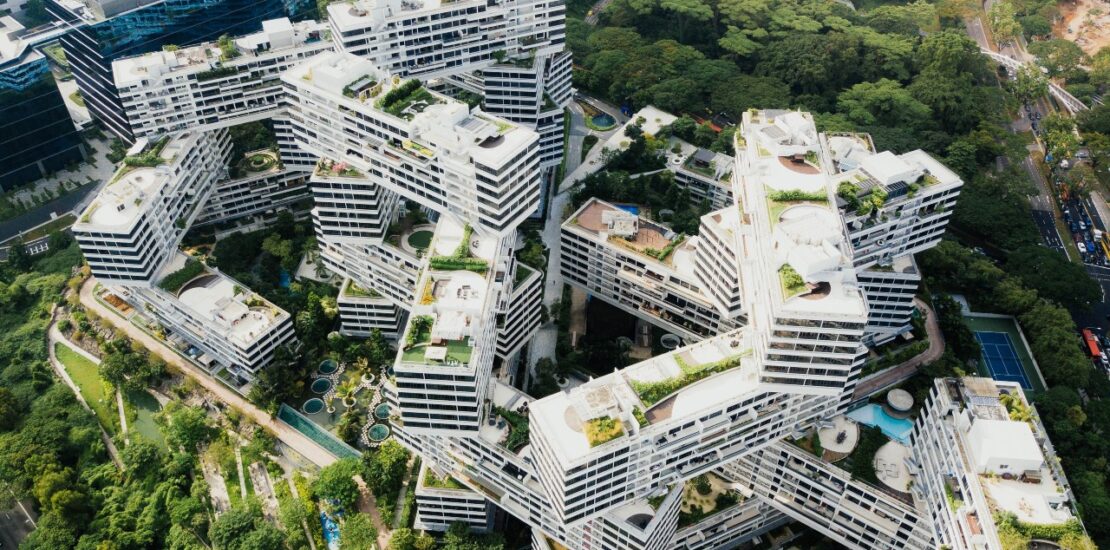- March 31, 2024
- Posted by: zolfaghari.m2010
- Category: Blog

Sustainable real estate construction practices have become increasingly important in today’s world as the need for environmentally friendly and energy-efficient buildings continues to grow. From reducing carbon emissions to conserving resources, sustainable construction practices offer a range of benefits for both the environment and the occupants of the buildings. In this article, we will explore key considerations for sustainable real estate construction practices and how developers can incorporate these principles into their projects.
1. Energy Efficiency: One of the most crucial considerations for sustainable real estate construction is energy efficiency. Incorporating energy-efficient design elements such as high-performance insulation, energy-efficient windows, and LED lighting can help reduce energy consumption and lower utility costs for building occupants. Additionally, using renewable energy sources such as solar panels or geothermal heating systems can further enhance the energy efficiency of a building.
2. Green Building Materials: Choosing sustainable building materials is another key consideration for sustainable real estate construction practices. Opting for materials that are locally sourced, recycled, or have low environmental impact can help reduce the carbon footprint of a building. Materials such as bamboo flooring, recycled steel, and low-VOC paints are examples of eco-friendly options that can be used in sustainable construction projects.
3. Water Conservation: Water conservation is an essential aspect of sustainable real estate construction. Implementing water-saving fixtures such as low-flow toilets, faucets, and showerheads can help reduce water consumption in buildings. Additionally, incorporating rainwater harvesting systems and greywater recycling technologies can further enhance water conservation efforts in sustainable construction projects.
4. Site Selection and Design: The location and design of a building play a significant role in its sustainability. Choosing a site that minimizes environmental impact, promotes walkability, and provides access to public transportation can help reduce the carbon footprint of a building. Additionally, designing buildings with natural ventilation, daylighting, and green spaces can improve indoor air quality and enhance occupant comfort.

5. Waste Management: Proper waste management practices are essential for sustainable real estate construction. Implementing recycling programs, minimizing construction waste, and using recycled materials can help reduce the environmental impact of construction projects. Additionally, incorporating waste reduction strategies such as modular construction techniques and prefabrication can further enhance waste management efforts in sustainable construction practices.
6. Life Cycle Assessment: Conducting a life cycle assessment (LCA) is an important consideration for sustainable real estate construction practices. LCA evaluates the environmental impact of a building throughout its entire life cycle, from construction to operation and eventual demolition. By considering the environmental implications of a building’s materials, design, and operation, developers can make informed decisions that prioritize sustainability in their construction projects.
7. Certification Programs: Seeking certification from green building programs such as LEED (Leadership in Energy and Environmental Design) or BREEAM (Building Research Establishment Environmental Assessment Method) can help validate the sustainability of a building. These certification programs provide guidelines and standards for sustainable construction practices and can help developers showcase their commitment to environmental stewardship.
In conclusion, sustainable real estate construction practices offer numerous benefits for both the environment and building occupants. By considering key factors such as energy efficiency, green building materials, water conservation, site selection, waste management, life cycle assessment, and certification programs, developers can crea
te buildings that are not only environmentally friendly but also economically viable and socially responsible. Incorporating these considerations into construction projects can help drive the transition towards a more sustainable built environment and contribute to a greener future for generations to come

